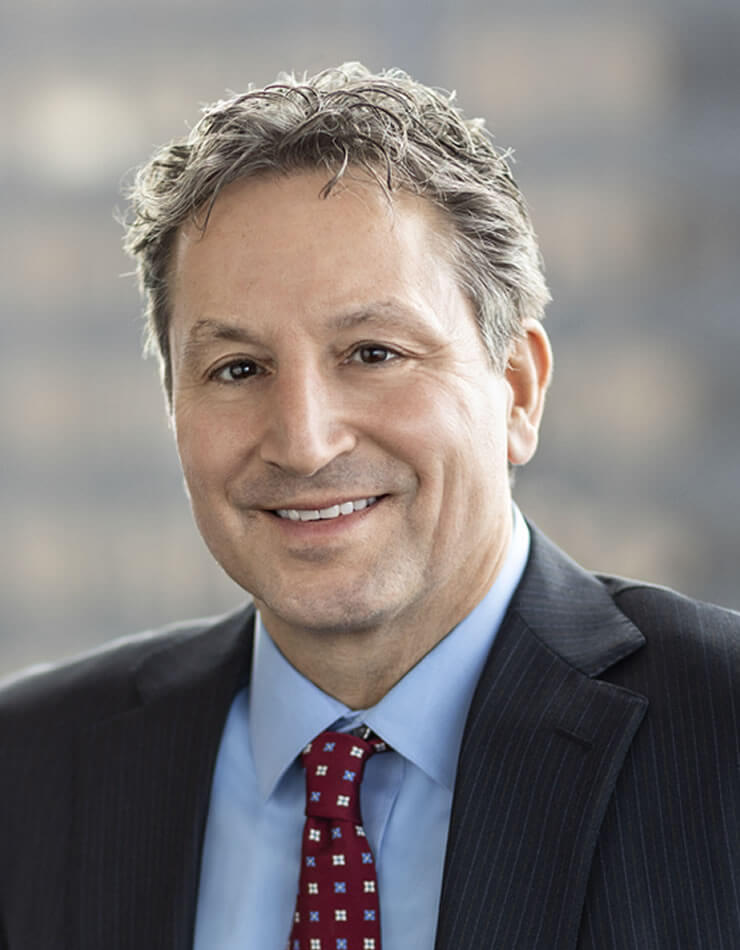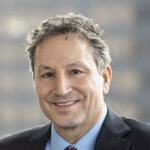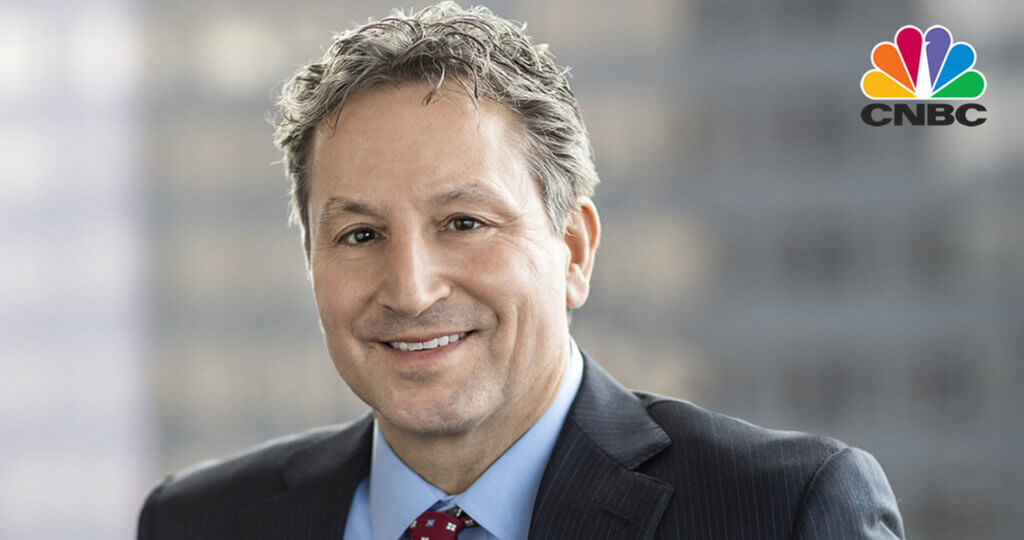Oakmark International Fund - Investor Class
Average Annual Total Returns 03/31/11
Since Inception 09/30/92 10.91%
10-year 9.77%
5-year 5.25%
1-year 12.44%
3-month 2.27%
Gross Expense Ratio as of 09/30/10 was 1.08%
Past Performance is no guarantee of future results. The performance data quoted represents past performance. Current performance may be lower or higher than the performance data quoted. The investment return and principal value vary so that an investor’s shares when redeemed may be worth more or less than the original cost. The performance of the Funds does not reflect the 2% redemption fee imposed on shares redeemed within 90 days of purchase. To obtain the most recent month-end performance data, view it here.
The Oakmark International Fund returned 2% for the quarter ended March 31, 2011, slightly trailing the MSCI World ex U.S. Index, which returned 4% over the same period. Since its inception in September 1992, the Fund has returned an average of 11% per year, outperforming the MSCI World ex U.S. Index, which has averaged 7% per year over the same period.
One of the top contributors to performance for the quarter was SAP, a global software manufacturer based in Germany, which returned 20%. In January, SAP reported better-than-expected 2010 results. Its core business, software and software-related services, grew 10% and overall group revenue grew 11%. A significant factor in our investment thesis is margin improvement, which management continues to deliver on. Both gross margin andoperating margin increased in 2010, and management believes it can continue to deliver double-digit growth as well as margin improvement. Management has proven to be good stewards of capital, and we think SAP provides valuable solutions to its customer base and generates strong cash flow.
The largest detractor from performance was Japan-based Canon, a professional and consumer imaging-solutions company that fell 16% during the quarter. Shares reacted negatively to worse-than-expected fourth-quarter results, which were hurt by the stronger yen, losses in Canon’s optical-equipment division and declines in laser-printer sales. Despite the weak results, Canon announced that it would issue its standard dividend, maintaining its policy to consistently return cash to shareholders even during times of depressed earnings. We find that a shareholder-focused management team is still somewhat rare in Japan (although this is improving), and we commend Canon’s management for its shareholder focus. We continue to believe Canon will provide positive returns for our shareholders.
Another large detractor from performance during the quarter was Bank of Ireland. Ireland ’s financial environment remains challenging. At the end of March, the Irish Central Bank (CBI) issued the results of stress tests that confirmed banking institutions needed to raise additional capital. In particular, the CBI reported that Bank of Ireland needed to raise 5.2 billion euros in capital to meet both the minimum Core Tier 1 ratio for 2011-2013 and the Core Tier 1 ratio under the adverse-stress scenario. However, Bank of Ireland’s management believes the adverse-stress scenario reflects unlikely conditions, and that the bank will exceed both minimum requirements. The government will provide a large portion of the needed capital, but by our estimates, the government will still own less than 50% of the bank. This will leave Bank of Ireland as the only exchange-listed bank in the country not controlled by the government. The Irish government has indicated that, after various restructurings and mergers, the market will consist of only two banks – Allied Irish Bank and Bank of Ireland. The diminished banking system and reduced competition should lead to higher profitability during more normal economic conditions. It will take time for the economic environment to improve in Ireland, but in our view, Bank of Ireland will emerge on top.
We sold KT&G from the Fund during the quarter and purchased three new names: Hennes & Mauritz (H&M), a Swedish fashion retailer and designer; Secom, a Japanese security services provider; and Tesco, a U.K.-based food retailer that also has operations in continental Europe, Asia and the U.S. Another addition to the Fund during the quarter was Aperam, a global stainless-steel manufacturer in Luxembourg that was spun off from Fund holding ArcelorMittal.
We continue to believe many global currencies are overvalued compared to the U.S. dollar and continue to defensively hedge the Fund’s currency exposure. The Swiss franc and Japanese yen hedges remained relatively unchanged from last quarter at 49% and 52%, respectively. We increased our Australian dollar hedge to 65% and initiated a 24% hedge of the Swedish krona.
Short-term fluctuations in the market create opportunities for us to invest in foreign companies that we believe have fallen out of favor in the marketplace. We continue to focus on finding what we think are attractive, undervalued companies with management teams focused on building shareholder value. We thank you for your continued support!
As of 3/31/11, SAP AG represented 2.7% of The Oakmark International Fund’s total net assets, Canon, Inc. 2.9%, Bank of Ireland 0.7%, Allied Irish Banks 0%, KT&G Corp. 0%, Hennes & Mauritz AB-Class B 0.6%, Secom Co., Ltd. 1.6%, Tesco PLC 0.2%, APERAM 0.1%, and ArcelorMittal 1.5%. Portfolio holdings are subject to change without notice and are not intended as recommendations of individual stocks.
The MSCI World ex U.S. Index (Net) is a free float-adjusted market capitalization index that is designed to measure international developed market equity performance, excluding the U.S. This benchmark calculates reinvested dividends net of withholding taxes using Luxembourg tax rates. This index is unmanaged and investors cannot invest directly in this index.
Investing in foreign securities presents risks that in some ways may be greater than U.S. investments. Those risks include: currency fluctuation; different regulation, accounting standards, trading practices and levels of available information; generally higher transaction costs; and political risks.
The discussion of the Funds’ investments and investment strategy (including current investment themes, the portfolio managers’ research and investment process, and portfolio characteristics) represents the Funds’ investments and the views of the portfolio managers and Harris Associates L.P., the Funds’ investment adviser, at the time of this letter, and are subject to change without notice.




